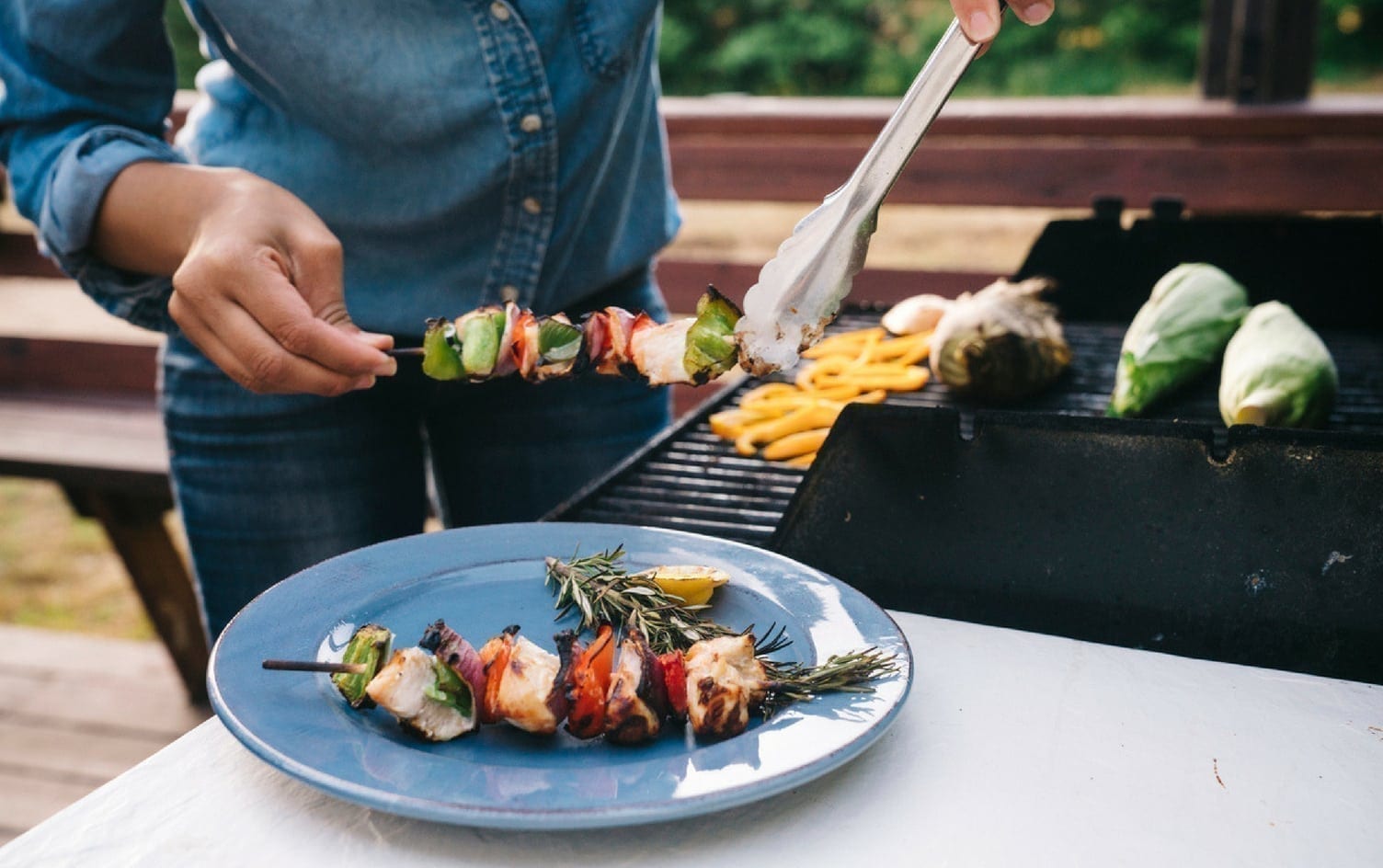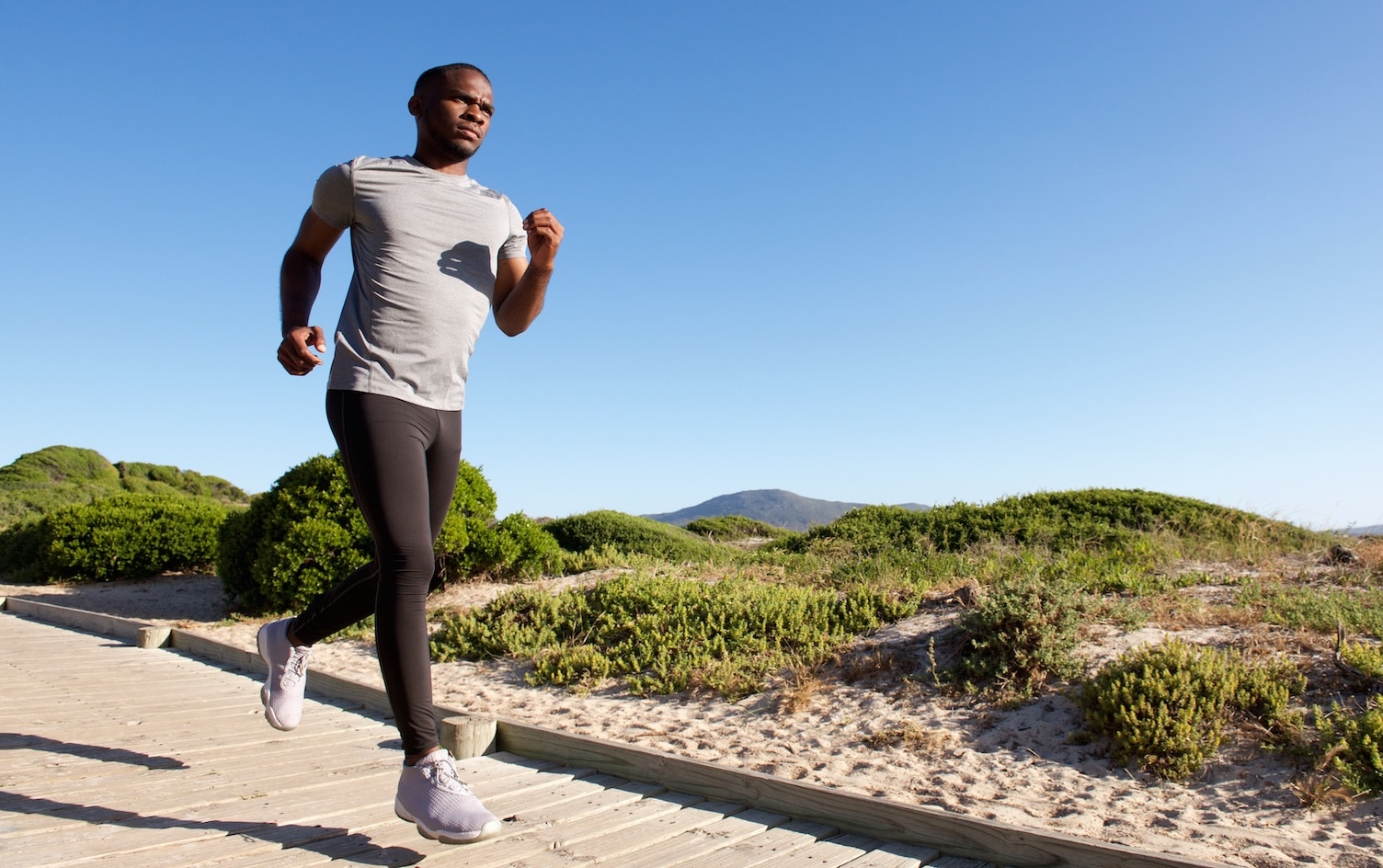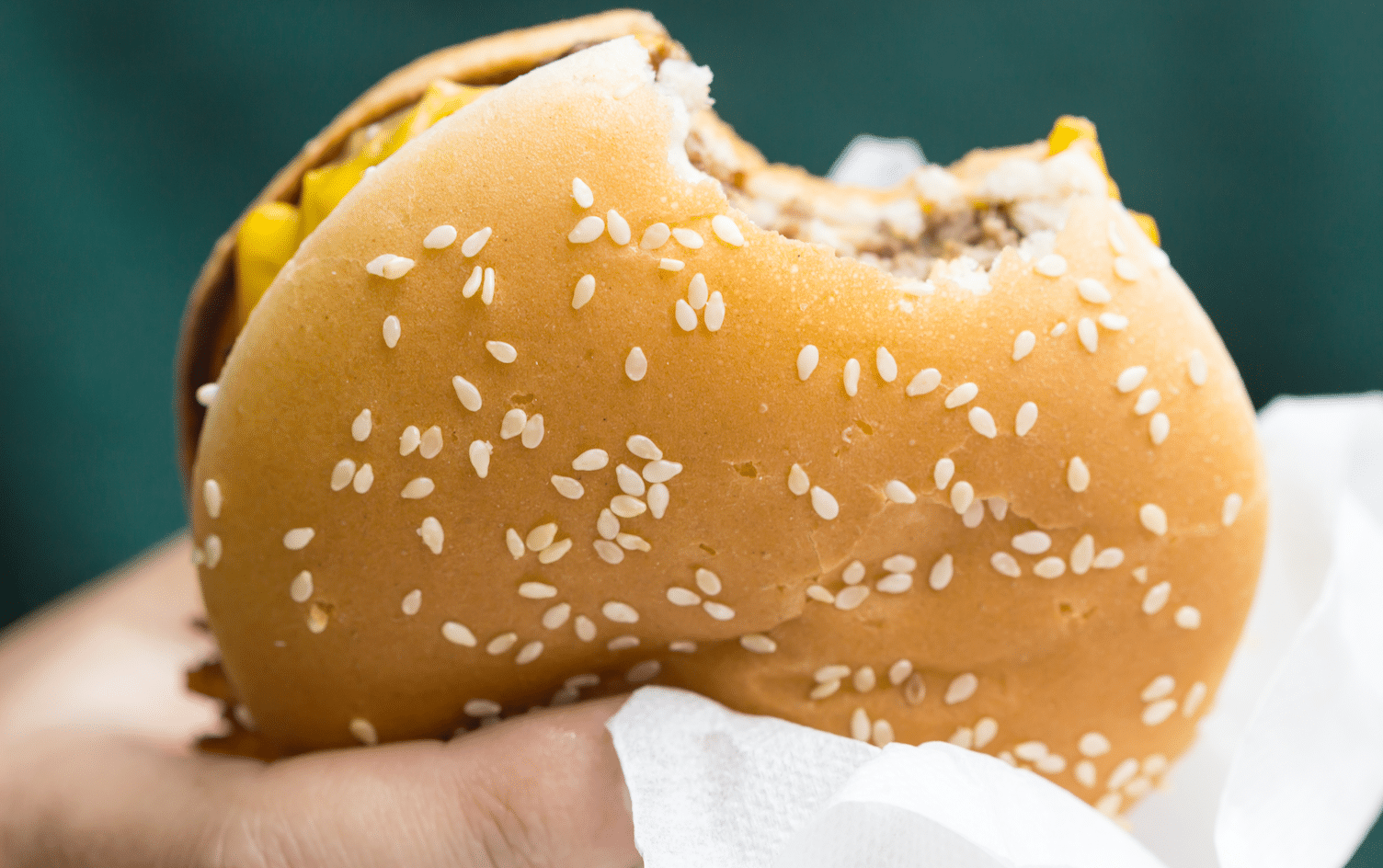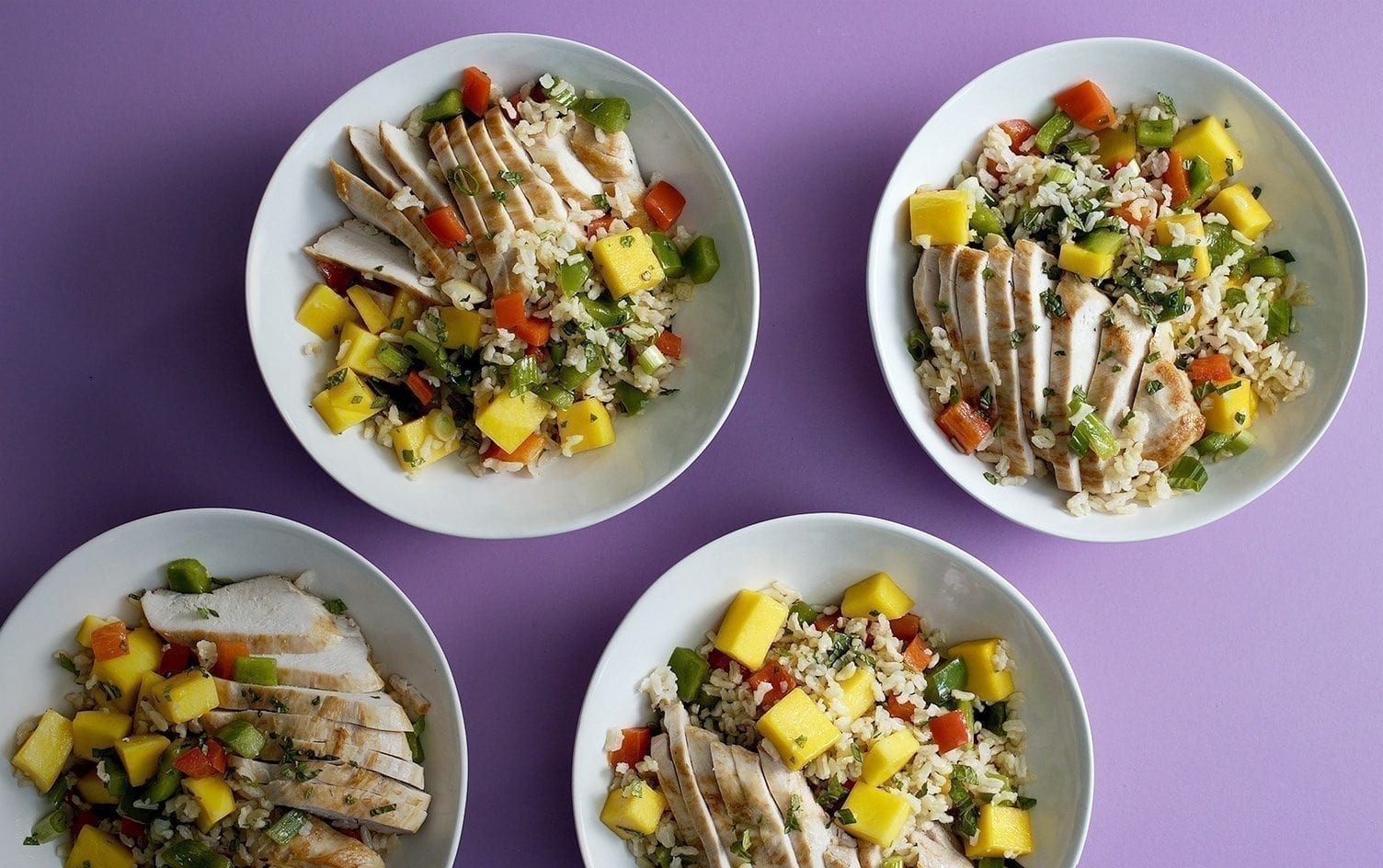Grilling season is here, and with it comes a few food safety precautions to keep in mind when temps soar and you’ve got raw meat on your hands. Not following basic food safety practices can increase your risk of developing a foodborne illness. From raw meat and poultry handling to proper food-storage methods, here are six important tips for a food-safe and delicious cookout.
HANDLE RAW MEAT/POULTRY PROPERLY
It’s important to make sure that if you are using frozen meat or poultry, it is completely thawed. This ensures even cooking. In addition, do not wash meat or poultry before cooking since it can lead to the spread of bacteria on other cooking surfaces.
WATCH THE MARINADE
Marinate foods in the refrigerator, not at room temperature, since the cold temperature prevents the bacteria from growing. Never reuse marinade used on raw meat or poultry unless you are going to boil the marinade beforehand. If you’d like to use some of the marinade for the cooked food, plan ahead and save a portion of the marinade before using it on raw meat or poultry.
COOK MEAT TO THE APPROPRIATE TEMPERATURE
Don’t rely on your eyes to see if meat or poultry has finished cooking. Instead, use a food thermometer to measure the temperature of the cooked meat and poultry in the thickest part of the food. Keep in mind that the safe temperature varies depending on the type of food, so see below for the specific temperatures:
- Fresh beef, pork, lamb and veal: 145°F (rest at least 3 minutes before slicing)
- Seafood: 145°F, no rest time needed
- Ground meats: 160°F, no rest time needed
- Poultry: 165°F, no rest time needed
KEEP COLD AND HOT FOODS SEPARATE
This one is pretty easy to follow: keep cold foods cold and hot foods hot since microorganisms thrive at temperatures between 41–140°F. Keep foods refrigerated until they are going to be eaten. Try to keep cold food cold with ice or cool packs.
For hot foods, it’s important to keep these foods hot until served at about 140°F or warmer. You can keep foods on the grill and turn the grill to a lower temperature to ensure the food stays hot. Other options include sterno chafing dishes to keep food in the proper food-safe zone.
FOCUS ON FOOD STORAGE
Place leftovers in reusable containers and refrigerate. Throw away any food that has been out for more than two hours.
EAT THE LEFTOVERS
Make sure you fully reheat cooked meats and throw away leftovers after 3–4 days. Don’t rely on the “smell test” to determine if it’s food safe. If it’s been in the fridge for more than four days, it should be discarded.
Cookouts are all about enjoying delicious food and spending time with close friends and family. If you follow the steps above, you’ll stay healthy during prime grilling season!




